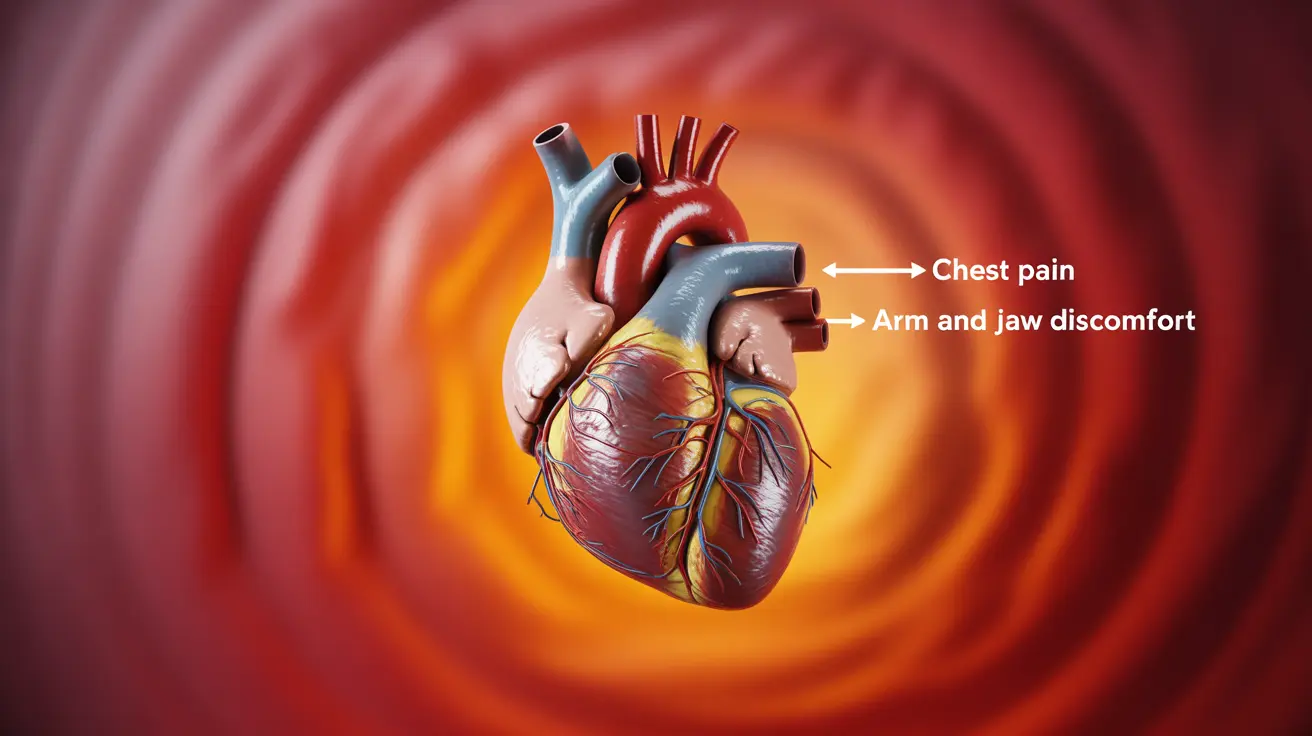Tracking body composition accurately at home has become increasingly important for health-conscious individuals looking to monitor their fitness progress. With advancing technology, today's body fat scales offer sophisticated measurements that were once only available in clinical settings. This comprehensive guide will help you understand the capabilities, limitations, and best options for body fat measurement at home.
Understanding Body Fat Scale Technology
Modern body fat scales use bioelectrical impedance analysis (BIA) to measure body composition. This technology sends a small, safe electrical current through your body and measures the resistance it encounters. Since different tissues (fat, muscle, bone) conduct electricity differently, the scale can estimate various body composition metrics.
Top Features of Premium Body Fat Scales
Advanced Measurement Capabilities
Leading body fat scales now offer comprehensive body composition analysis, including:
- Body fat percentage
- Muscle mass
- Bone density
- Water weight
- Visceral fat levels
- Metabolic age
- BMI (Body Mass Index)
Smart Connectivity
Premium scales integrate with smartphone apps and fitness tracking platforms, allowing users to monitor trends over time and share data with healthcare providers. Many offer cloud storage and multi-user profiles for family sharing.
Factors Affecting Measurement Accuracy
Time of Day
For most consistent results, measurements should be taken at the same time each day, preferably first thing in the morning after using the bathroom but before eating or drinking.
Hydration Status
Body water levels significantly impact BIA measurements. Dehydration or excess fluid retention can lead to inaccurate readings. Maintaining consistent hydration habits helps ensure more reliable measurements.
Recent Activity
Exercise can temporarily affect body composition readings due to changes in hydration and blood flow. It's best to wait several hours after working out before taking measurements.
Comparing Home Scales to Clinical Methods
While home body fat scales provide convenient tracking capabilities, they typically have a margin of error compared to clinical methods:
- DEXA scans: ±1-2% accuracy
- Hydrostatic weighing: ±1-3% accuracy
- Home BIA scales: ±3-5% accuracy
However, modern smart scales are becoming increasingly sophisticated, with some premium models approaching the accuracy of professional equipment.
Best Practices for Accurate Measurements
To maximize the accuracy of your body fat scale readings:
- Measure at the same time daily
- Stay consistently hydrated
- Use on a hard, flat surface
- Clean the electrodes regularly
- Stand with bare, dry feet
- Maintain consistent positioning
Frequently Asked Questions
What is the most accurate body fat scale for home use in 2025?
The most accurate body fat scales for home use in 2025 combine advanced BIA technology with multiple measurement points and sophisticated algorithms. Leading models from established brands typically offer the best balance of accuracy and reliability for home use.
How do body fat scales like the HumeHealth Body Pod compare to clinical methods like DEXA scans in accuracy?
While home body fat scales typically have a larger margin of error (±3-5%) compared to DEXA scans (±1-2%), premium models are increasingly approaching clinical accuracy levels. However, they remain most valuable for tracking relative changes over time rather than absolute measurements.
What body composition metrics can the best smart scales measure besides body fat percentage?
Advanced smart scales can measure muscle mass, bone density, water weight, visceral fat, BMI, metabolic age, and even protein levels. Some models also track heart rate and provide detailed segmental analysis of different body parts.
How do factors like hydration and recent exercise affect the accuracy of body fat scale measurements?
Hydration levels and recent exercise can significantly impact readings due to their effect on body water content and blood flow. Dehydration typically leads to higher body fat readings, while recent exercise can temporarily alter results due to increased blood flow and sweating.
Can body fat scales track changes in fat distribution and muscle mass over time effectively?
While body fat scales can effectively track overall trends in body composition, their ability to measure specific fat distribution is limited. They are most reliable for monitoring general changes in total body fat percentage and muscle mass over time when used consistently.



